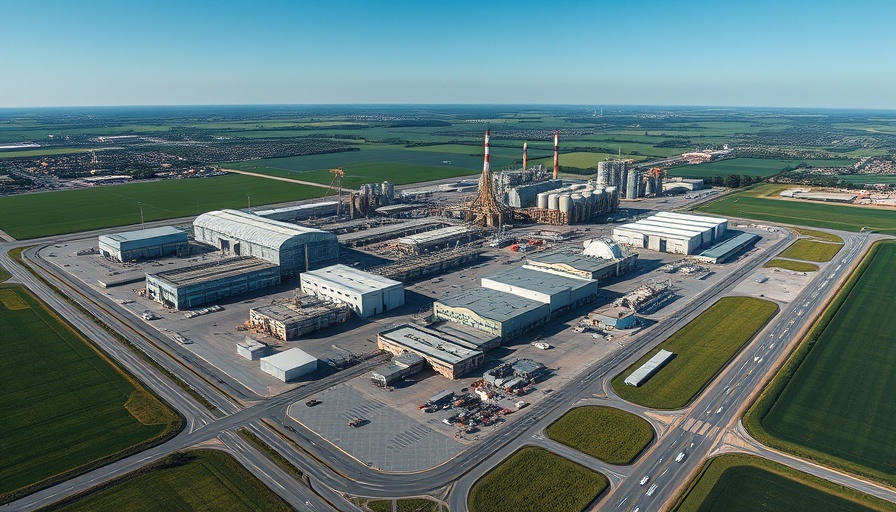
A Landmark $57M Settlement: What It Means for Future Projects
In a move that echoes the complexities of large-scale infrastructure projects, a $57 million settlement has been reached regarding the Red River Diversion Project in North Dakota. This agreement aims to settle litigation claims without plunging the involved parties into the uncertainty of court. For clients and firms navigating the choppy waters of commercial construction, this could be a crucial learning point on risk management and strategic decision-making.
Understanding Risks: How Settlements Shape Project Outcomes
For construction companies, identifying and managing risks is as essential as hammer and nails. The Red River case demonstrates how settlements can avoid lengthy litigation and enable projects to refocus on their core missions. Instead of expending resources on legal battles, firms can allocate their efforts to project efficiency and quality outcomes, a paramount concern in today's competitive environment.
The Underlying Causes: Assessing the Red River Project's Challenges
The diversions and subsequent claims were not mere hiccups; they highlighted significant operational challenges within the project’s execution framework. Understanding these root causes is vital for future projects. Much like a detective piece, dissecting the timeline of disputes helps restore clarity and redirect focus towards proactive measures. As the industry moves forward, it’s clearer that transparency and communication are non-negotiable to avoid similar entanglements.
Case Examples from the Construction Industry: Learning from Mistakes
The construction sector has a storied history of litigation stemming from mismanaged expectations and poorly communicated project scopes. Similar to how a misplayed game can tilt the strategy in sports, a misstep in the construction arena can result in unforeseen claims. Past projects, such as the infamous Big Dig in Boston, faced litigation over cost overruns and safety concerns, reminding stakeholders of the need for robust planning.
Future Predictions: Trends Influencing Construction Settlements
Predictably, we anticipate a rise in settlements as the industry seeks to mitigate risks and frustrations, especially as technology continues to evolve. Innovations like project management software and the integration of AI can illuminate potential pitfalls before they snowball. Additionally, regulatory changes and a heightened focus on sustainable practices are expected to shape future engagements and yield multiple benefits, from environmental impact to financial efficiency.
Takeaways: What Clients Should Do Next
So, where does this leave clients of commercial construction companies? Knowledge is power, and understanding the implications of the Red River Diversion Project's settlement can translate into better-informed decisions. Consider initiating proactive discussions about project scope, timelines, and risk management protocols with your contractors, and leverage technology to streamline communication. As the industry matures, so should your expectations.
Engaging with your contractors on these fronts will NOT only enhance project outcomes but can also foster a collaborative spirit that shores up confidence in the face of challenges. It’s time to put the blueprints of experience into action and redeploy the lessons learned from situations like the Red River Project.
 Add Row
Add Row  Add
Add 




Write A Comment